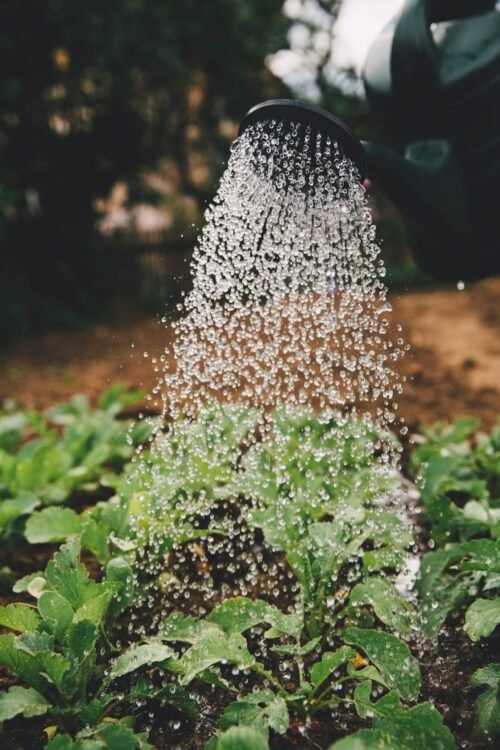
person watering plant
Understanding Water Treatment Chemistry: Chemicals Used in Water Treatment
Water treatment is a pivotal process that ensures the safety and quality of our drinking water. It involves the use of colorful chemicals that play a significant part in purifying and disinfecting the water. In this composition, we will explore the different types of chemicals used in water treatment and their significance in maintaining clean and safe drinking water.
1. Chlorine
The Chlorine is one of the most generally used chemicals in water treatment. It’s largely effective in killing contagions, bacteria, and other dangerous micro organisms. Chlorine is added into water in the form of chlorine gas, sodium hypochlorite, or calcium hypochlorite. It acts as a important detergent, barring the threat of waterborne conditions.
2. What Is Coagulants
The Coagulants are the chemicals that help in the junking of suspended solids and contaminations from water. They work by causing the patches to clump together, making it easier to filter them out. Common coagulants used in water treatment include aluminum sulfate, ferric chloride, and poly aluminum chloride.
3. Flocculants
The Flocculants are analogous to the coagulants but are used to enhance the coagulation process. They help in forming larger patches called the flocs, which settle down more fluently. Flocculants like polyacrylamide are generally used to ameliorate the effectiveness of water treatment processes.
4. pH Adjusters
The pH adjusters are chemicals used to regulate the acidity or alkalinity of Water. They’re essential in maintaining the optimum pH position for effective water treatment. Common pH adjusters include soda pop ash, lime, and acidulous soda pop.
5. Actuated Carbon
The Actuated carbon is extensively used in water treatment for the junking of organic pollutants, chlorine, and other chemicals. It works by adsorbing contaminations onto its face, performing in cleaner and better- tasting water.
6. Detergents
Away from chlorine, other detergents like ozone and ultraviolet( UV) light are also used in water treatment. Ozone is a important oxidizing agent that effectively kills bacteria and contagions. UV light, on the other hand, destroys the inheritable material of microorganisms, rendering them inoffensive.
7. The Antiscalants
The Antiscalants are chemicals used to help the conformation of scale in water treatment systems. They inhibit the crystallization of minerals like calcium and magnesium, which can beget scaling and clog pipes and outfit.
8. erosion Impediments
The erosion impediments are chemicals that cover the pipes and outfit from erosion. They form a defensive film on the essence shells, precluding the water from eroding them. Common erosion impediments used in water treatment include phosphates and polyphosphates.
Ergo, These are just a many exemplifications of the chemicals used in water treatment. Each chemical plays a specific part in the sanctification and disinfection process, icing that the water we consume is safe and free from pollutants. It’s important to note that the lozenge and operation of these chemicals should be precisely covered to avoid any adverse goods on mortal health.








You have mentioned very interesting details! ps decent site.Expand blog